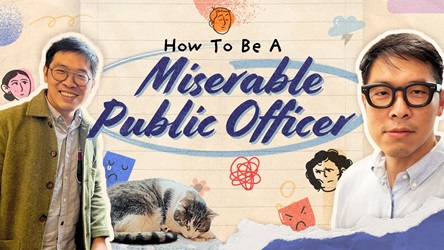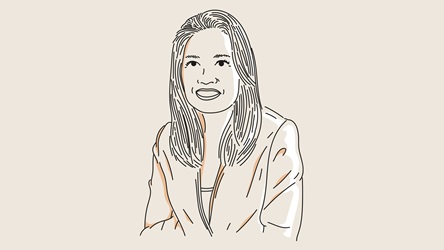Innovation, Not Mere Imitation, Is The Way To Go
Chairman, Council of Presidential Advisors (2005 to date)
Permanent Secretary, Ministry of National Development (1989-1995)

Dear Young Officer,
It is some 15 years since I left the Civil Service, and a long 55 years ago that I started my working life.
The question naturally arises, what points of contact are there between my generation and the generations of today, whether Generation X or Gen Y or a future Gen Z. The world, and Singapore, have moved on. All around us are signs of what we take for progress. Progress is customarily assessed by the consumption of material goods and by the extent of human development.
Consumption is captured by that well-known rubric, per capita income. By that criterion, Singapore has done spectacularly well, rising in just over half-a-century from around US$1,000 for each resident to the current level of greater than US$40,000.
Some may hedge that outcome by alluding to the Gini Coefficient (the most commonly used measure of income inequality) or the skewed distribution between capital and labour, or the share accruing to the public sector, the foreign sector, private capital and so forth. Yet, it cannot be denied that the improvement in virtually every measure of human development is quite striking. So, we take pride that we have moved from Third World to First World in just about two generations. (There may be some reservations, in certain quarters, about whether one or two organs of society have moved to First World status, but that is another question.) Nonetheless, it is timely to pause and ask how Singapore did it, so that its steady progress may, with some luck, continue.
The model for development half-a- century ago was fairly straightforward. There were plenty of examples to learn from. With good governance, coupled with reasonably ample “factors of production”, Singapore could steadily close the gap. What next?
By now, it is a truism that innovation, rather than mere imitation, is the way to go. The rub lies in strategy. Singapore is a pretty small community, and, more importantly, not exactly surrounded by countries that are thriving dynamos of inventiveness and creativity. One option, if there is not enough home-grown talent, is to acquire it, as the authorities frequently remind us. But that resort is not a panacea.
My sense is that two attributes are paramount. First, it is the thirst for knowledge coupled with insatiable intellectual curiosity. That attribute is a personal one. Every individual has a role in that effort, for his own good and for the fortunes of society. It is a habit acquired through diligent application and practice.
The Jesuits, for example, are in the habit of “seeking the question behind the question”. They may do it sequentially, to the nth degree, until presumably enlightenment and understanding emerge.
A year ago, a retired head of research at 3M gave a talk in Singapore. He touched on the attributes that the American multinational company seeks in its recruits. Top of the list was intellectual curiosity – the “question behind every question”.
The second attribute is not a personal, but a collective, one. It lies in that term favoured by sociologists and political scientists among others – diversity. Diversity often goes against the grain of human nature. Individuals are comfortable with the familiar. The outlier is an object of curiosity, or worse. Maybe a maverick, a troublemaker, a loose cannon, and so forth. But unless we co-opt them into every activity and at every level, how do we get the sparkle that comes from diversity?
I am reasonably confident that, with enlightened leadership and an open society, Singapore has what it takes to make the grade. It will be a future not predicated on business-as-usual.
- POSTED ON
Jul 18, 2011
- TEXT BY
J Y Pillay
-
Your Say
A new skill to help you work better
-
Work Better
Instruction Manual February 2018








.tmb-tmb450x250.jpg)
